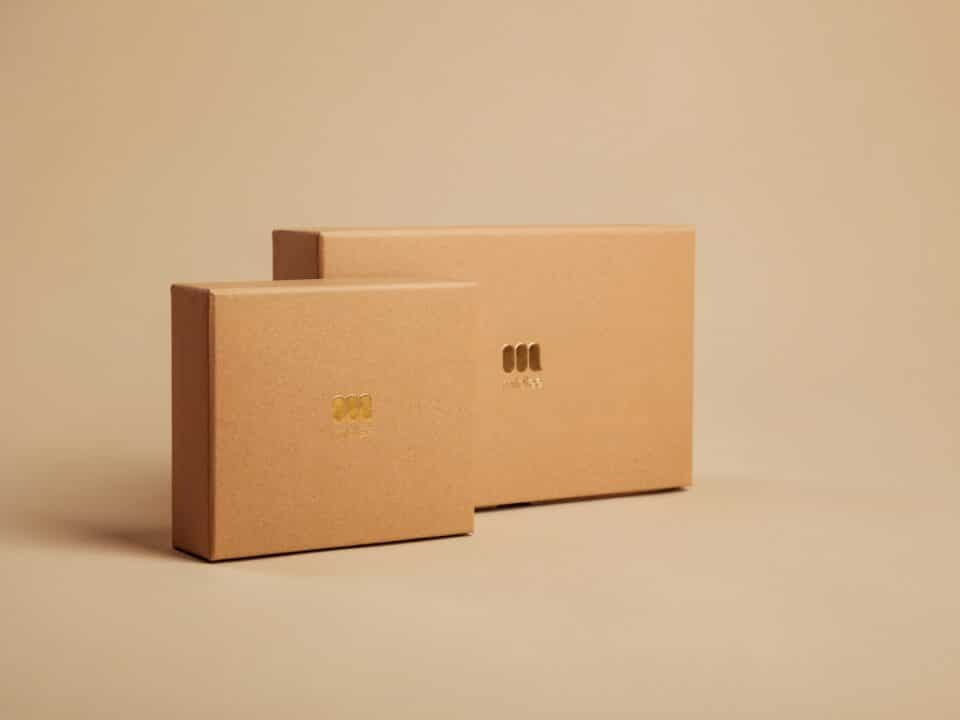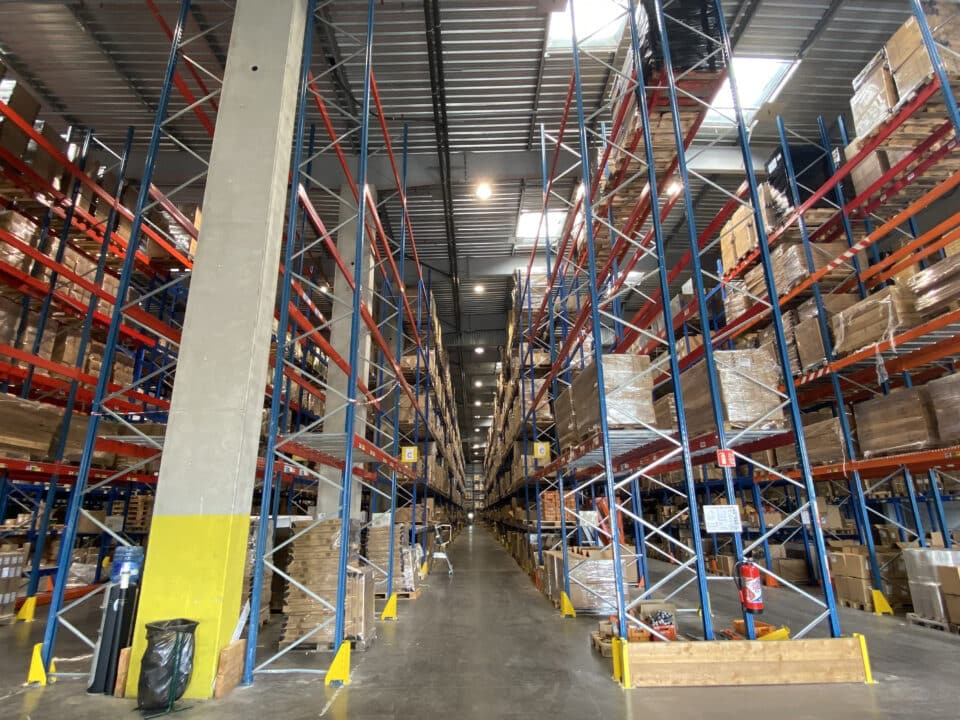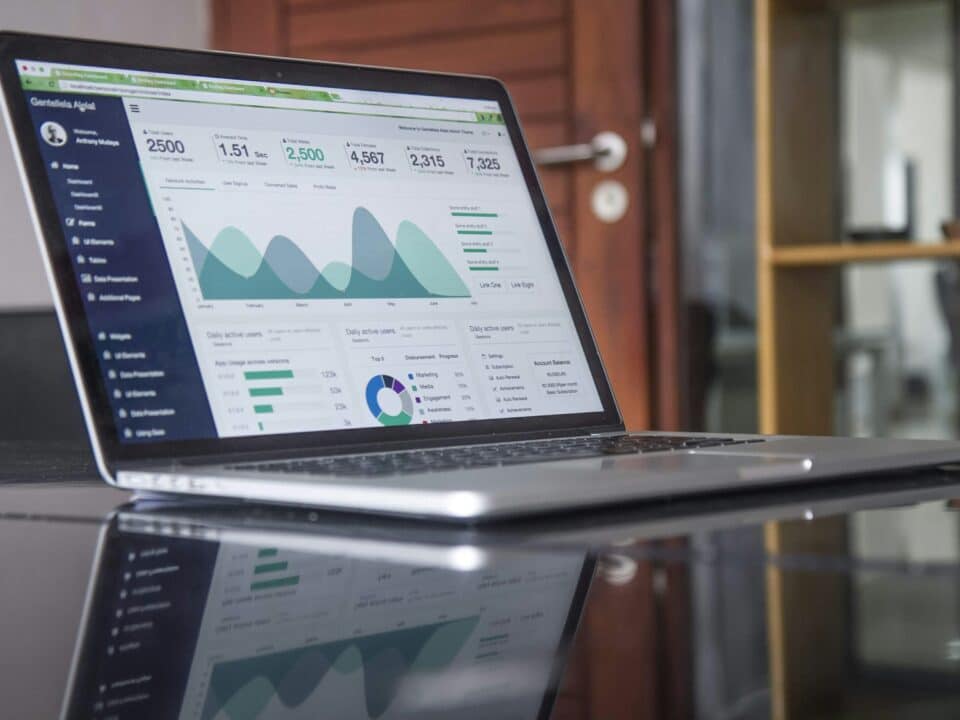How do you design your e-commerce packaging?

Reducing plastic pollution through eco-design
26 November 2024
Sample dashboard: monitoring your logistics solution
30 June 2025- 9 minutes
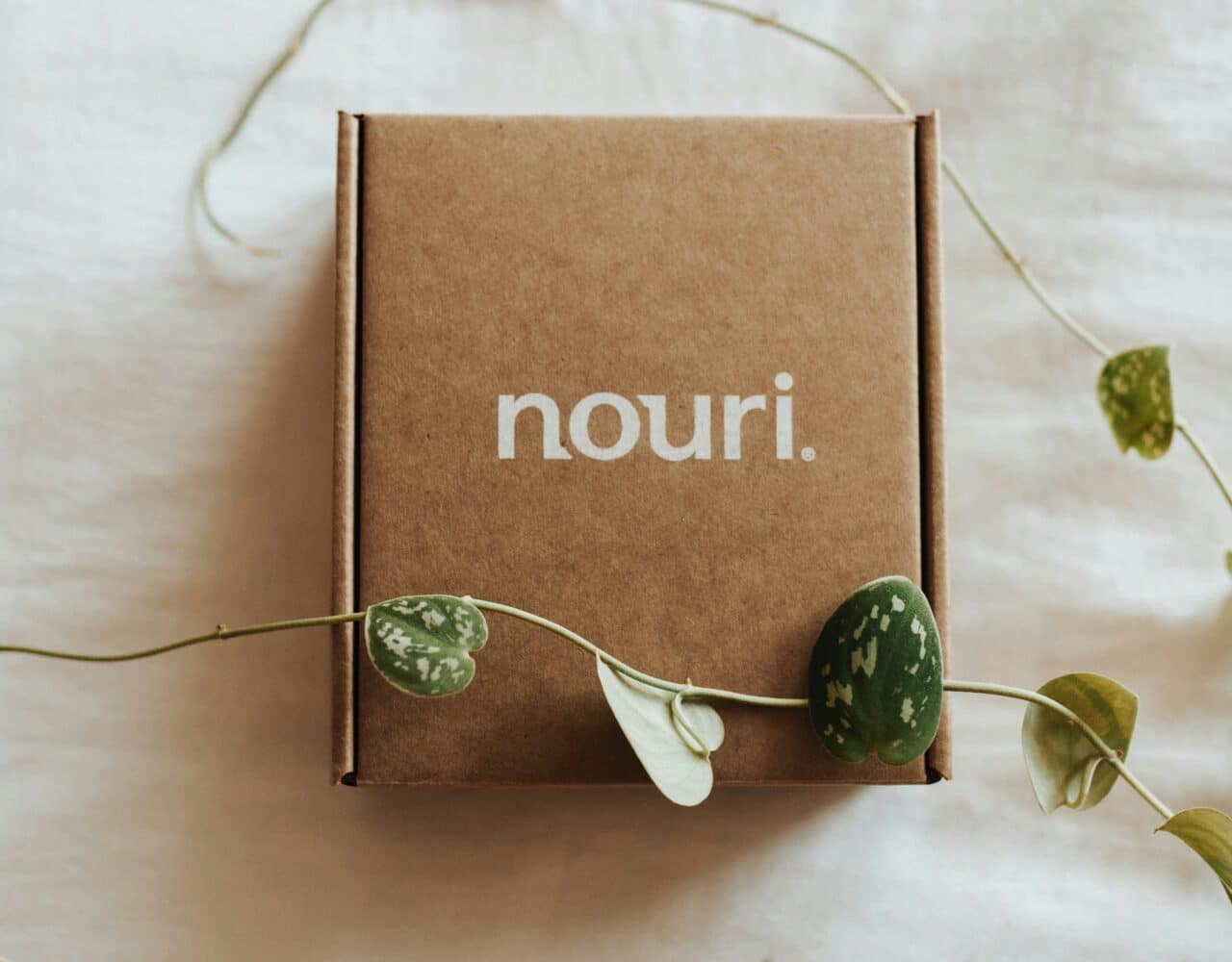
In the world of e-commerce, packaging is much more than just a container. It’s the first real physical interaction between a brand and its customer. Quite often, it’s also the only one. It’s a brand promise, synonymous with optimized logistics, ecological commitment, and sometimes even a real trigger for future purchases.
If you’re an e-tailer, this topic is 100% relevant to you. And if you want to do better, here’s how to turn packaging into a real lever.
As such, it must combine logistical efficiency, aesthetic impact and environmental responsibility. So how do you create e-commerce packaging that meets all these challenges, while enhancing the value of your products and reinforcing your positioning?
E-commerce packaging: first contact, first impression
When customers receive their parcel, they discover their purchase, but above all they physically enter the world of the brand. This moment, known as “unboxing”, generates an emotional experience that is often shared on social networks. The e-commerce packaging then becomes a true ambassador.
A well-designed, sturdy and attractive cardboard box enhances the value of your products, reassures customers and leaves a positive impression. It also reflects your values: quality, eco-responsibility and attention to detail. It’s this consistency that strengthens the brand-customer relationship in e-commerce.
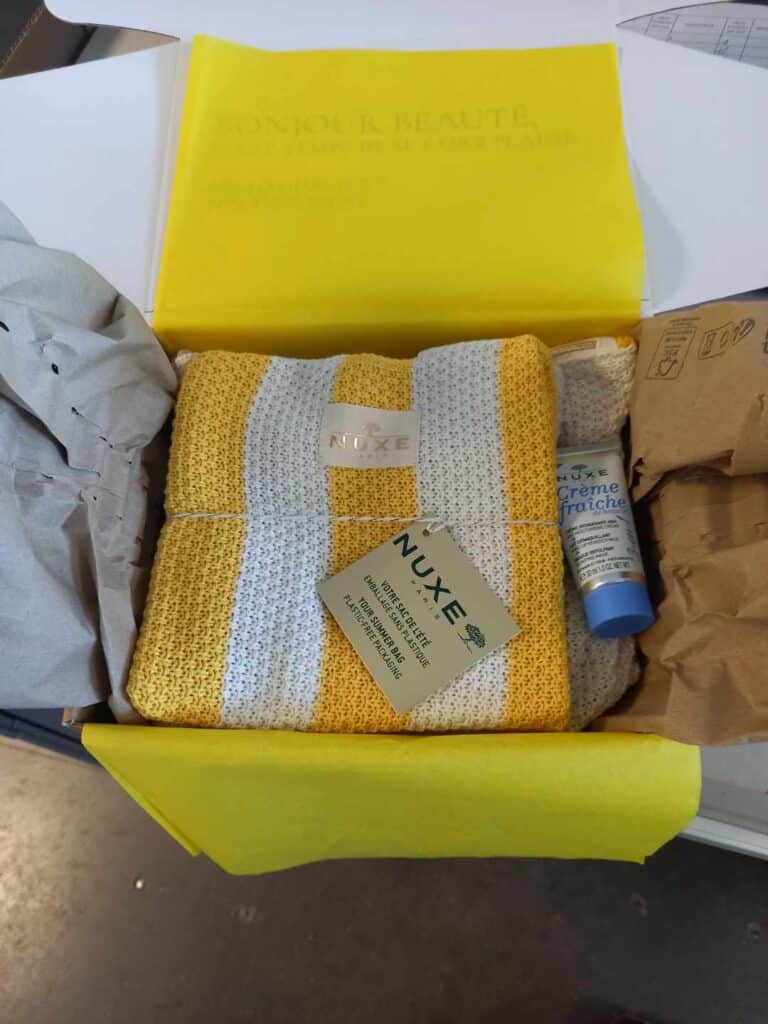
The strategic role of packaging in e-commerce
An essential logistics function
Good e-commerce packaging is first and foremost a guarantee that your products will arrive intact, well protected, and in a format consistent with their size and fragility. The main purpose of e-commerce packaging is to protect products during transport. During transport, packages are subjected to shock, compression, temperature and humidity variations. It is therefore essential to choose a cardboard adapted to the nature of your products: single or double flute, high grammage, reinforced interior padding, etc.
Packaging that’s too fragile can jeopardize the integrity of the contents, leading to returns, claims and additional costs. Conversely, packaging that is too large or oversized increases shipping costs, damages brand image and generates waste.
Save time during order picking
When your packaging is well thought-out, adapted to the size of your products and easy to handle, logistics teams gain in fluidity.
At Dokeraa, we work with you to design packaging formats perfectly adapted to the specific order profiles of your business: volumes, product types, shipping frequency. The aim is to facilitate preparation, standardize flows and boost efficiency right from the initial logistics stages. The results are positive: greater speed, fewer errors and improved customer satisfaction.
A direct reduction in your logistics waste
Every poorly designed package generates cardboard scraps, superfluous cushioning, disposable plastic, or returns due to damaged parcels. On the scale of several thousand orders a month, this becomes a massive source of waste and hidden costs.
By choosing recyclable, reusable or biodegradable packaging, you reduce your environmental impact right from the start. Thanks to intelligent design (less empty space, less material), you contribute to more circular logistics.
A lever for transport savings
Oversized packaging means a larger parcel, and therefore more expensive to ship. By optimizing formats, you reduce both shipping costs (often calculated by volume) and the number of trucks needed for your deliveries.
Did you know?
- Properly calibrated packaging can reduce your transport costs by up to 20%.
A cross between logistics and marketing
Today, packaging also plays an essential communication role. It contributes to the customer’s perception of product quality, brand reliability and brand values.
This dual role calls for packaging to be conceived as a genuine interface between the commercial promise made on the website, and the actual experience on reception.
The euphoria of unboxing, that moment when you unwrap your order, is now a powerful lever of loyalty and virality, particularly on social networks. The most successful brands know that the design of their boxes or cartons is an integral part of their differentiation strategy.
Adapting packaging to product specificities
Each product category has its own constraints. Electronic products require antistatic protection. Clothing, on the other hand, can be sent in flexible kraft cardboard sleeves.
The aim is to select the packaging solution that offers the best protection, weighs the least, and creates an experience consistent with the type of product being sold.
Enhancing brand image through packaging design
A vector of emotion and added value
E-commerce packaging isn’t just functional. Successful e-commerce packaging tells a story. When you order online, the first thing you touch, see and sometimes smell is the packaging. This first contact creates a strong sensory and emotional bond. If it’s neglected (damaged cardboard, impersonal boxes, unnecessary over-wrapping), disappointment can mar the entire customer experience. Conversely, careful, well-thought-out, eco-responsible packaging can turn a simple delivery into a memorable moment.
The choice of materials is crucial here. Cardboard, often favored for its sturdiness and ease of printing, comes in many versions: natural kraft for an authentic image, white for a high-end look, corrugated for fragile products. But beyond the material, it’s the coherence of the whole that counts. The graphic charter, the logo, the message printed on the inside of the lid, the flyer or even the tissue paper that surrounds the products… All these elements speak about you, your identity and your commitments.
This attention to detail creates a positive surprise and increases customer satisfaction. It’s also a simple way to encourage digital word-of-mouth. Consumers like to share their experiences of original packaging, for example on Instagram or TikTok, boosting your visibility in the world of e-business.
Meeting consumer expectations: towards more responsible packaging
Consumers are increasingly sensitive to environmental issues. The e-commerce sector, often singled out for its ecological impact, needs to rethink its practices. This involves rigorous work on packaging:
- Reduced volumes and voids inside the boxes,
- The choice of recyclable or compostable materials,
- The elimination of superfluous plastics,
- The use of vegetable-based inks
- Simplification of shimming systems.
Eco-designed packaging is not only good for the planet, it’s also good for your image. It shows that your company is aware of its responsibilities, anticipates societal expectations and takes concrete action. It’s not just a question of adopting a “green” discourse, but of making sustainability an integral part of your brand’s commitments.
Eco-responsible packaging now a must
Consumers are increasingly sensitive to environmental issues. Ethical e-commerce packaging is no longer an option. Good packaging must therefore reconcile aesthetics, efficiency and sustainability. Many brands have understood this and are actively communicating their commitments through their packaging.
Designing effective e-commerce packaging requires a structured approach. It begins with a detailed understanding of your needs: what types of products do you ship? In what quantities? How often? To which territories? This analysis phase helps you avoid oversizing containers, wasting materials, or failing to anticipate logistical constraints.
The next step is to define your brand’s priorities. Do you want to focus on customer experience, functional simplicity or design originality? Each objective will have a direct impact on the shape of the packaging. For a premium cosmetics/beauty product, you might opt for a cardboard box with a magnetic opening, interior padding and interior printing. Conversely, for stationery or clothing, a thick, personalized kraft envelope may suffice to combine aesthetics and efficiency.
Design plays a central role. Far from being decorative, it guides the user. Sober, uncluttered graphics express a high-end positioning. A colorful, illustrated world evokes creativity and accessibility. The idea is to make the packaging an extension of the message you convey on your digital media.
Our team at Dokeraa can help you map your product ranges to determine the right templates and materials.
Unboxing, a key moment not to be neglected
In a world where the experience often takes precedence over the product itself, unboxing has become a marketing tool in its own right. It’s important to think of packaging not just as protection, but as a setting that enhances the arrival of the product.
This can take the form of small details: a personalized note slipped into the box, a sticker, a promotional code for the next order, a QR code linking to a presentation video. The care taken when opening the packaging has a strong emotional impact. It arouses surprise and satisfaction, and encourages loyalty.
Some clothing and accessories brands are even designing reusable boxes as decorative or storage items. It’s a way of prolonging the life of the packaging, and occupying a space in the customer’s daily life for the long term.
Packaging as a logistics optimization tool
While packaging is a powerful communication tool, it is also a lever for operational performance. A cardboard box that’s too large and ill-suited to the product means not only a loss of space in warehouses and trucks, but also higher shipping costs and the risk of damage.
Conversely, well-calibrated packaging streamlines flows, reduces transport costs and increases efficiency. This is why more and more e-tailers are turning to customized packaging solutions, with optimized formats, better stackability and lighter materials.
Traceability is another logistical challenge. Integrating barcodes and QR codes directly onto packaging makes it easier to track shipments, manage returns, and therefore process them in the warehouse.
Dokeraa helps you align logistics performance with environmental responsibility.
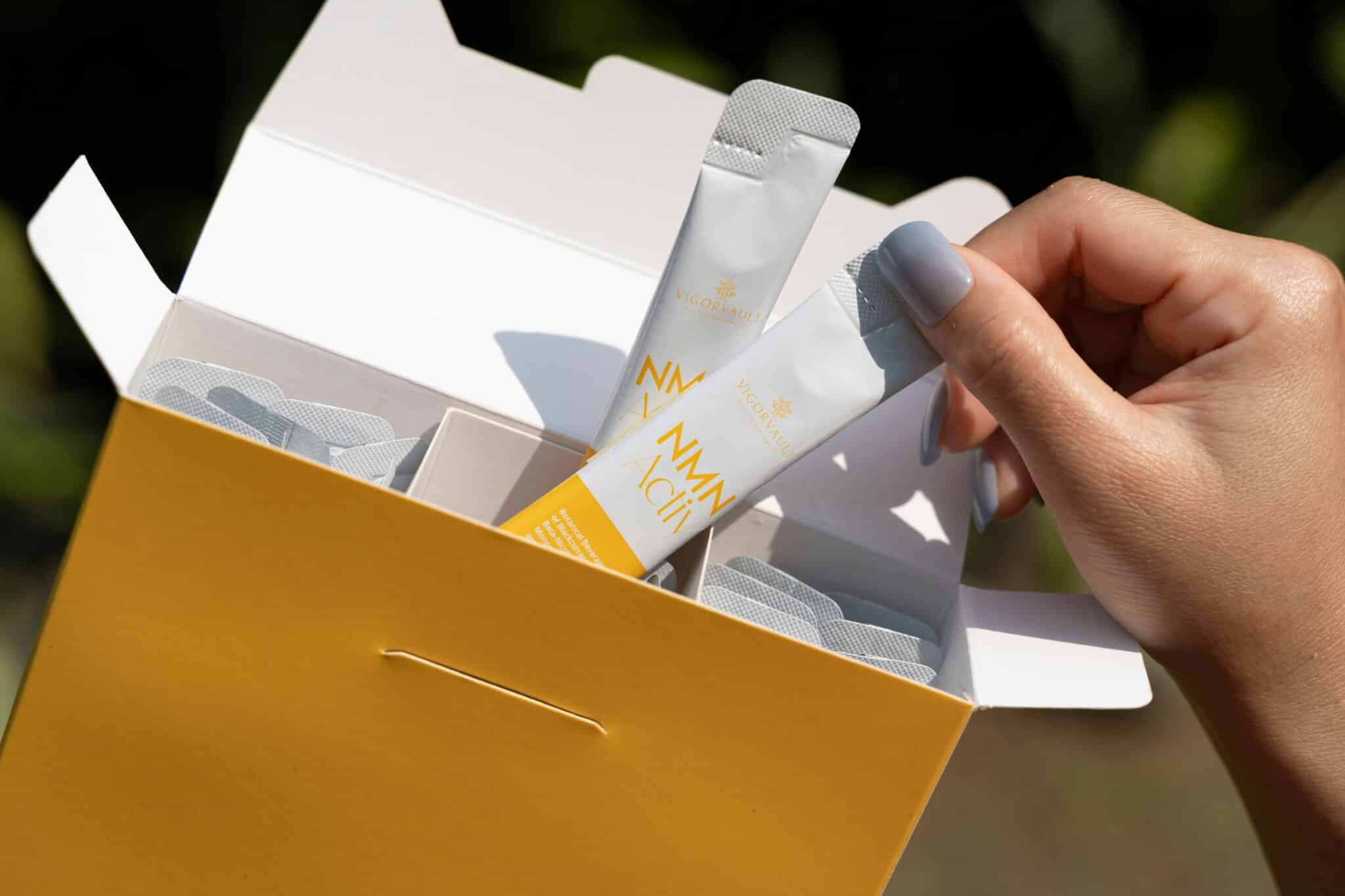
Dokeraa supports you
Audit, co-design, testing, deployment
Choosing the right supplier: a decisive step
Finally, to guarantee the quality and consistency of your packaging, it’s important to choose the right supplier. It’s not just a question of comparing prices, but also of ensuring that your partner understands your challenges, meets your deadlines, and proposes innovative solutions.
The best suppliers don’t just sell boxes. They support you in your thinking, advising you on formats, materials, printing techniques, and helping you adjust your packaging to the evolution of your business. A long-term relationship based on trust, essential for securing your supplies and developing your packaging in line with your needs.
Clearly, e-commerce packaging is much more than a logistical accessory: it’s a genuine vector of meaning, emotion and value. Successful packaging protects without excess, seduces without overloading, and conveys a message.
In a market where competition is fierce and loyalty fragile, investing in a well-designed carton or a custom-made box can make all the difference. Behind every well-designed package lies a promise kept, a satisfied customer and a possible return.
At Dokeraa, we’re here to help you rethink and optimize your e-commerce packaging strategy.

